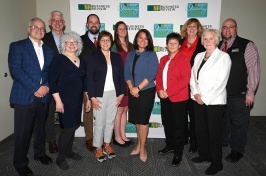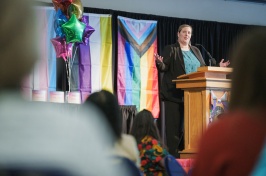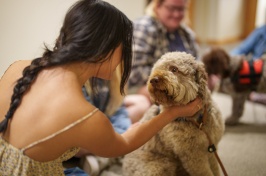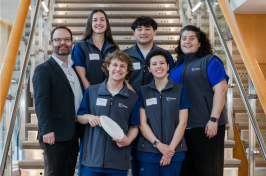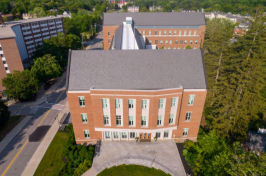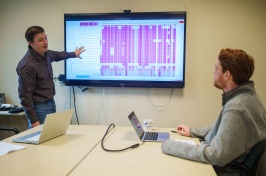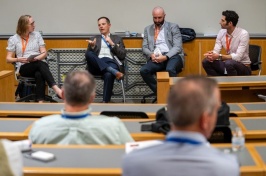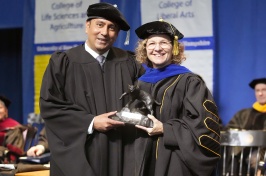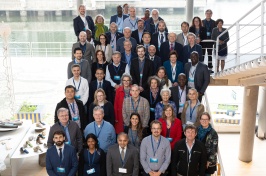UNH Study Finds Bystanders Support Victims of Harassment and Bullying More Often Than Commonly Thought
DURHAM, N.H. -- A national study by the Crimes against Children Research Center at the University of New Hampshire found that in contrast to previous studies, youth victims of in-person and online harassment and bullying report that in most cases, bystanders tried to help them.
Bystanders are present for the majority of harassment incidents (80 percent). In about 70 percent of these cases, victims report that a bystander tried to make them feel better. Negative bystander reactions, though considerably less frequent, still occurred in nearly a quarter of incidents and were associated with a significantly higher negative impact on the victim.
Lisa Jones, lead author of the study, noted that "While it is good news that most of the time kids are trying to help victims, it isn't clear what kinds of support helps them most. Unfortunately, our data show that it is negative behaviors by bystanders such as joining in or laughing that has the biggest impact and really makes things feel worse for victims."
The research results are reported in the article, "Victim Reports of Bystander Reactions to In-Person and Online Peer Harassment: A National Survey of Adolescents," in the Journal of Youth and Adolescence. In addition to Jones, the article is authored by Crimes against Children Research Center researchers Kimberly Mitchell and Heather Turner.
The authors call for broadening the definition of bystander to include any person, peer or adult who becomes aware of the harassment and has an opportunity to help. The survey data showed that in 78 percent of the harassment incidents, the victim told someone about the incident. The authors stress the importance of these "secondary" bystanders.
"The concept of a bystander needs to expand beyond just youth who witness a traditional school-yard bullying event," said Jones. "Really anyone, child or adult, who hears about a harassment or bullying situation is in a place to help. Prevention efforts can target everyone as a potential bystander and let them know there are a lot of things they can do to try and help."
The study, funded by the National Institute of Justice, surveyed a nationally representative sample of 791 youth, ages 10-20 years old, who were interviewed by telephone for the Technology Harassment and Victimization Survey (THV) from December 2013 to March 2014.
Created in 1998, the UNH Crimes against Children Research Center (CCRC) works to combat crimes against children by providing high-quality research and statistics to the public, policy makers, law enforcement personnel, and other child welfare practitioners. CCRC is concerned with research about the nature of crimes including child abduction, homicide, rape, assault, and physical and sexual abuse as well as their impact. Associated with the CCRC is an internationally recognized group of experts who have published numerous books and articles concerning the incidence and impact of violence against children. Visit the center online at http://cola.unh.edu/ccrc.
The University of New Hampshire, founded in 1866, is a world-class public research university with the feel of a New England liberal arts college. A land, sea, and space-grant university, UNH is the state's flagship public institution, enrolling 13,000 undergraduate and 2,500 graduate students.
Latest News
-
July 25, 2024
-
July 25, 2024
-
July 23, 2024
-
July 18, 2024
-
July 9, 2024










